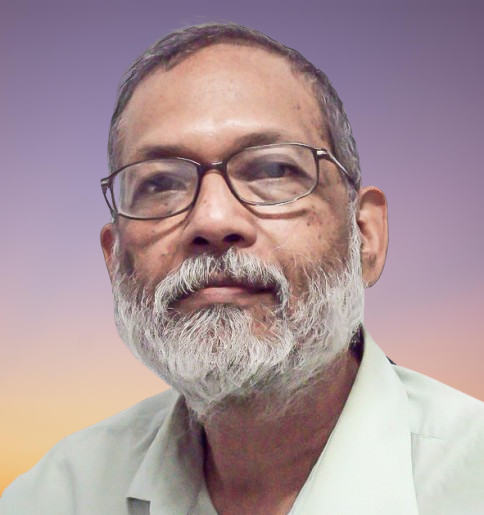Column

Two things have become normalised in recent years; one is religious garments for Muslim women and the other is corruption. There is no connection between the two but it shows that the power of normalisation is enormous and becomes acceptable and common rapidly. They become part of social and personal life. Point is: why certain things become acceptable?
While hijab is worn to project certain values and culture, corruption is practiced to fund and promote a lifestyle not disturbed by any values. Corruption allows the birth of a world where anything is possible.
The traditions of corruption
This geographical zone has always been corrupt but only more so. Bangladesh as part of South Asia is no different. So it is not a new bane caused by fresh causes. Just as religious piety expressed in social symbols has always been common in Bangladesh, corruption has been a constant campaign. However, what has confounded many is the escalation of corruption as never seen before. No phase of history was ever clean but it is possible no phase was as dirty as we see it now.
The search for causes yield many responses. Some of them are located in governance weakness, some in provisions of impunity for the corrupt due to political convenience, inefficiency, lack of political will etc. However, if put together, they point to a state management system or structure that is largely based on corruption driven decisions.
Bangladesh seems to functions only if corrupt. Half a century has passed and it has moved from a corruption affected country in the start to one that is structurally corrupt. It is not about reduction of corruption anymore but how can one adjust with corruption and live on. It offers no choice to the people for the simple reason that in each transaction, whether with the public or the private sector, one experiences corruption. It is not a crimes anymore, it is the explicit experience of any interaction in life.
It has put the question in a serious space beyond law and order or morality but about the nature of the state.
Are states relatively sovereign?
Conventional ideas about the nature of the state are at bay and the old fashioned Westphalia state model does not always apply. In the Sovereignty measurement index, most colonizer countries register as highly sovereign country while all the bottom/low sovereign countries are post-colonial as per conventional definitions.
However, all the measurements,carried out according to Western paradigms focuses on governments as the prime holders of sovereignty and do not measure people/social sovereignty. Theoretically, it means the governments are no longer the reliable guarantor of connectivity between the people and the state. The ruling class is connected to society but possibly independent of dominant social identities including value basing.
It could therefore mean that more than one segment of the reality, which going by current trends, could have split into governments, societies, state and other realities rather than all being part of the same. In that case , the notion of a single state or society definition would be difficult to apply.
Has the multi state country arrived?
Given that scenario, is it possible to say that the state itself is no longer a homogenous construct? That it can not be dealt as one, covering all aspects as the asymmetric relationship of power and privileges are so high that a scenario of the emergence of multiple states living together have arisen. Simply put, more than one state lives in a single geographical country.
And if the corruption has reached such a level that every transaction involves it, the state may have achieved the dubious status of being a corrupt state. Who are its citizens then and where do the rest of the people of Bangladesh live?
Obviously, the link between power and corruption, complicity between and among the corrupt makes it the most powerful 'state' within Bangladesh. Since there is no accountability for these people unless it suits the convenience of the same state members, they remain fairly above law. However, the law itself is under their control so the worries are less.
As can be noticed, the corrupt live mostly in the formal world of institutions and systems which they control in agreement with a section of the private sector. So as a controller of resources, it is the strongest state compared to the other states. However, how the other states are looking at the same issues but without any power is the question. That they have to transact is inevitable and in this process they have no control. So shall they develop new coping tools or remain captive to another state within or form their own states more concretely?
The issue of sovereignty will therefore be not just of measuring the formal state but people as well and the idea of common interest of state and society will no longer be applicable. Corruption is an indicator of the situation not the cause which is why this needs exploration. This separation within the state is an ancient phenomenon but it is manifesting itself differently. That deserves more attention and study.

























Leave a Comment
Recent Posts
From the British High Commissi ...
From December 26-30 of last year, WildTeam had the honour of hosting H ...
Why Southeast Asia’s online sc ...
Cambodia’s arrest and extradition of a powerful tycoon accused o ...
LC openings surge as dollar crisis eases, but settle ..
US President Donald Trump has been discussing "a ran ..
Delhi and Dhaka need to find an off ramp
Moin re-elected DCAB President; Emrul Kayesh new GS